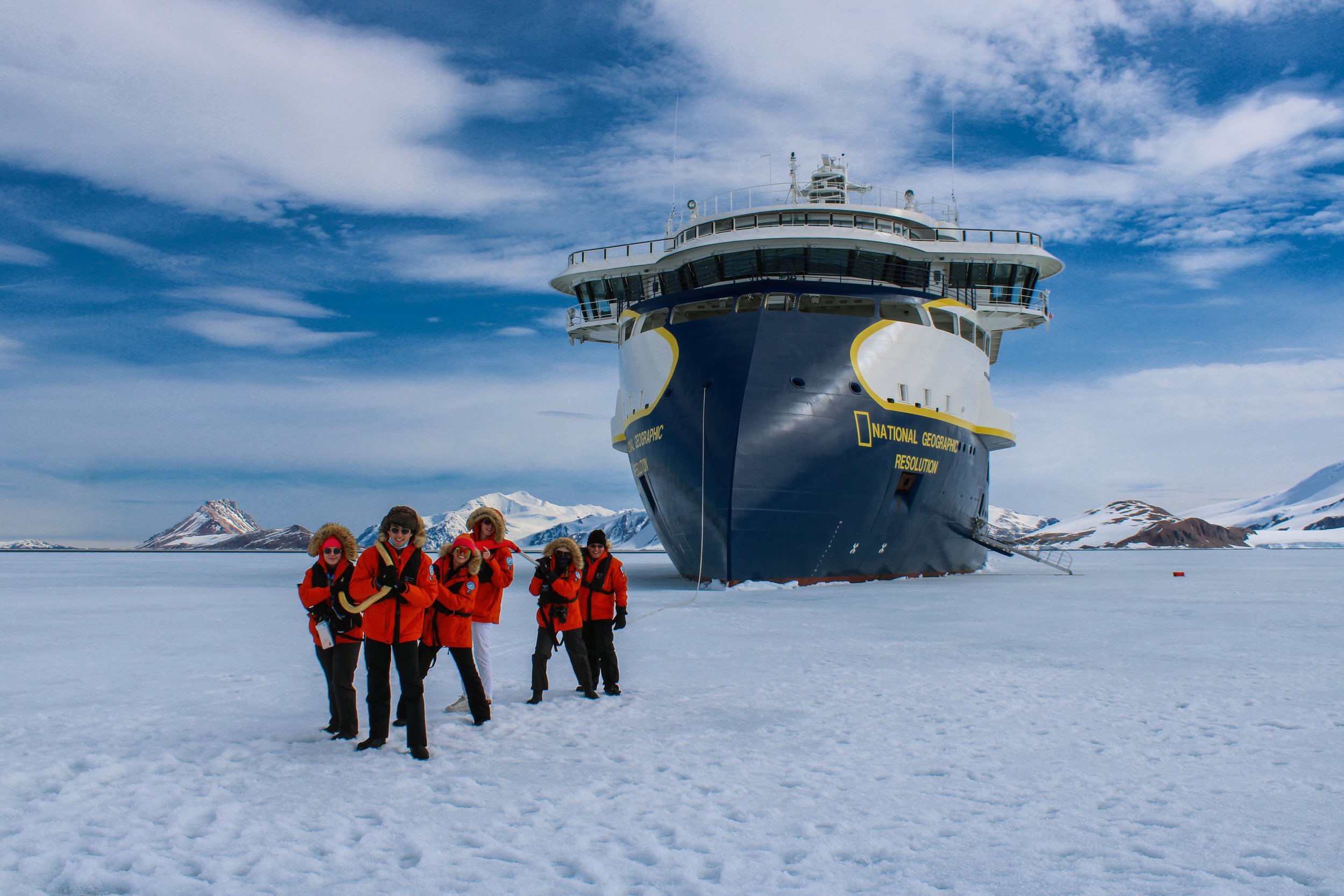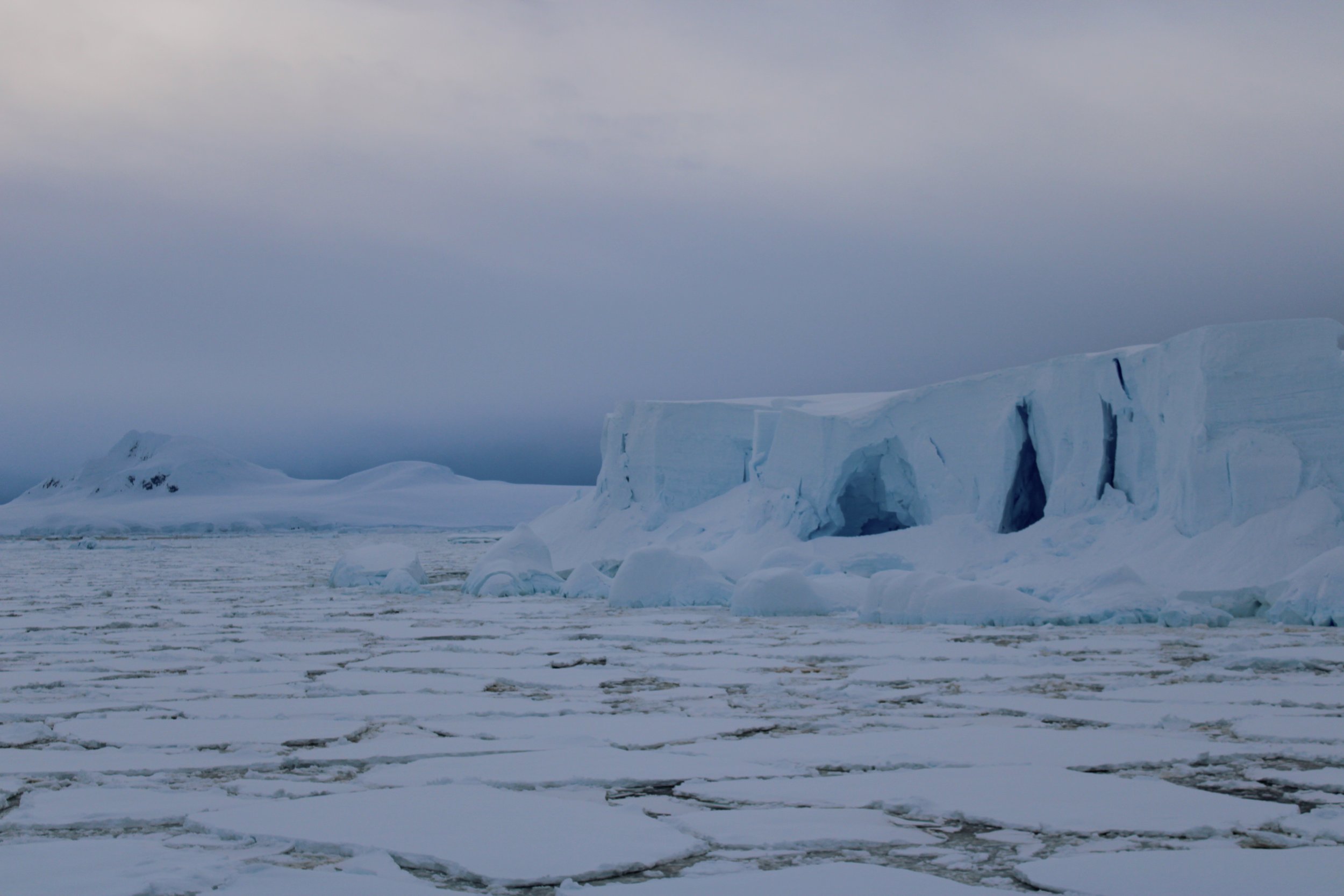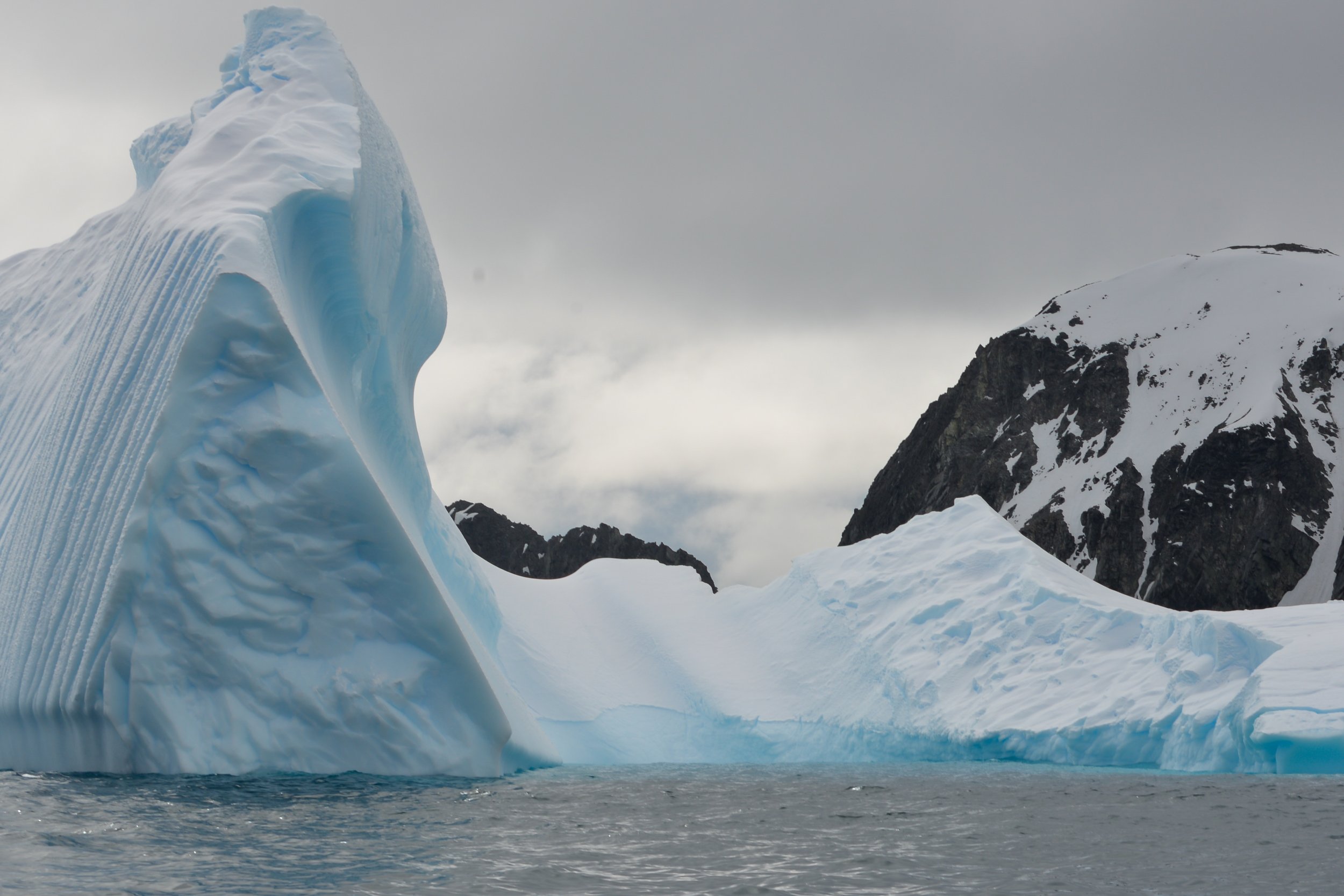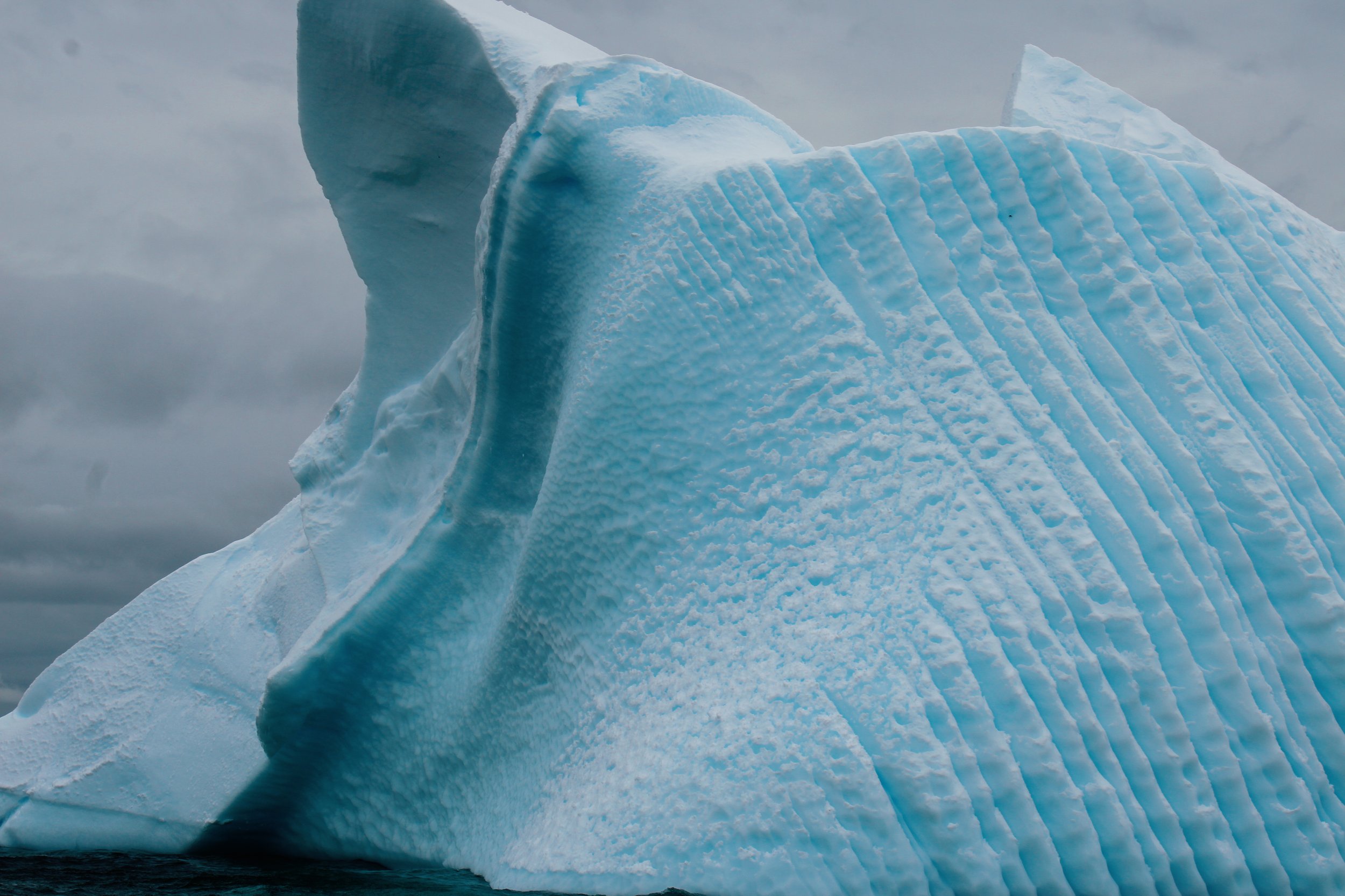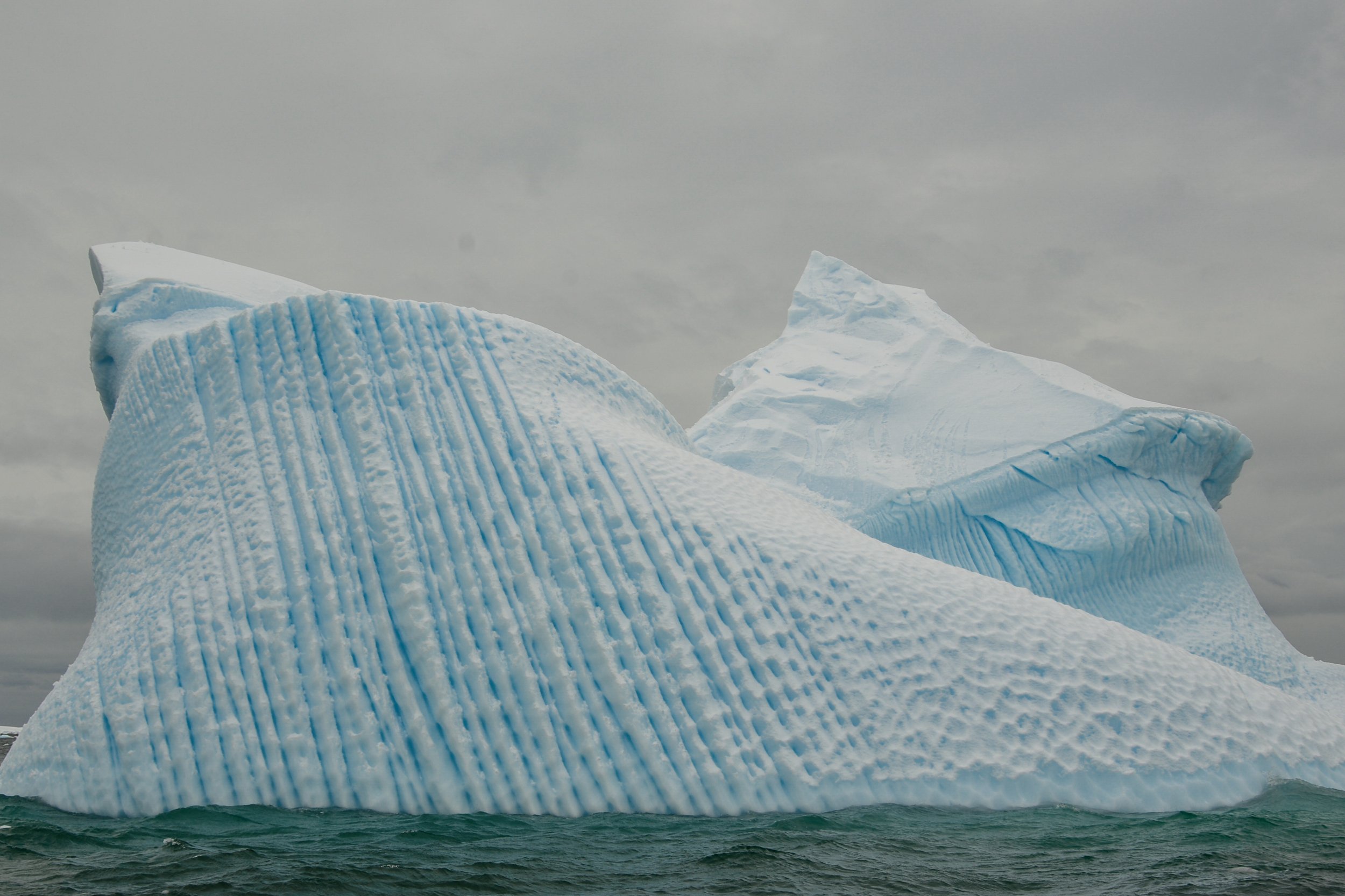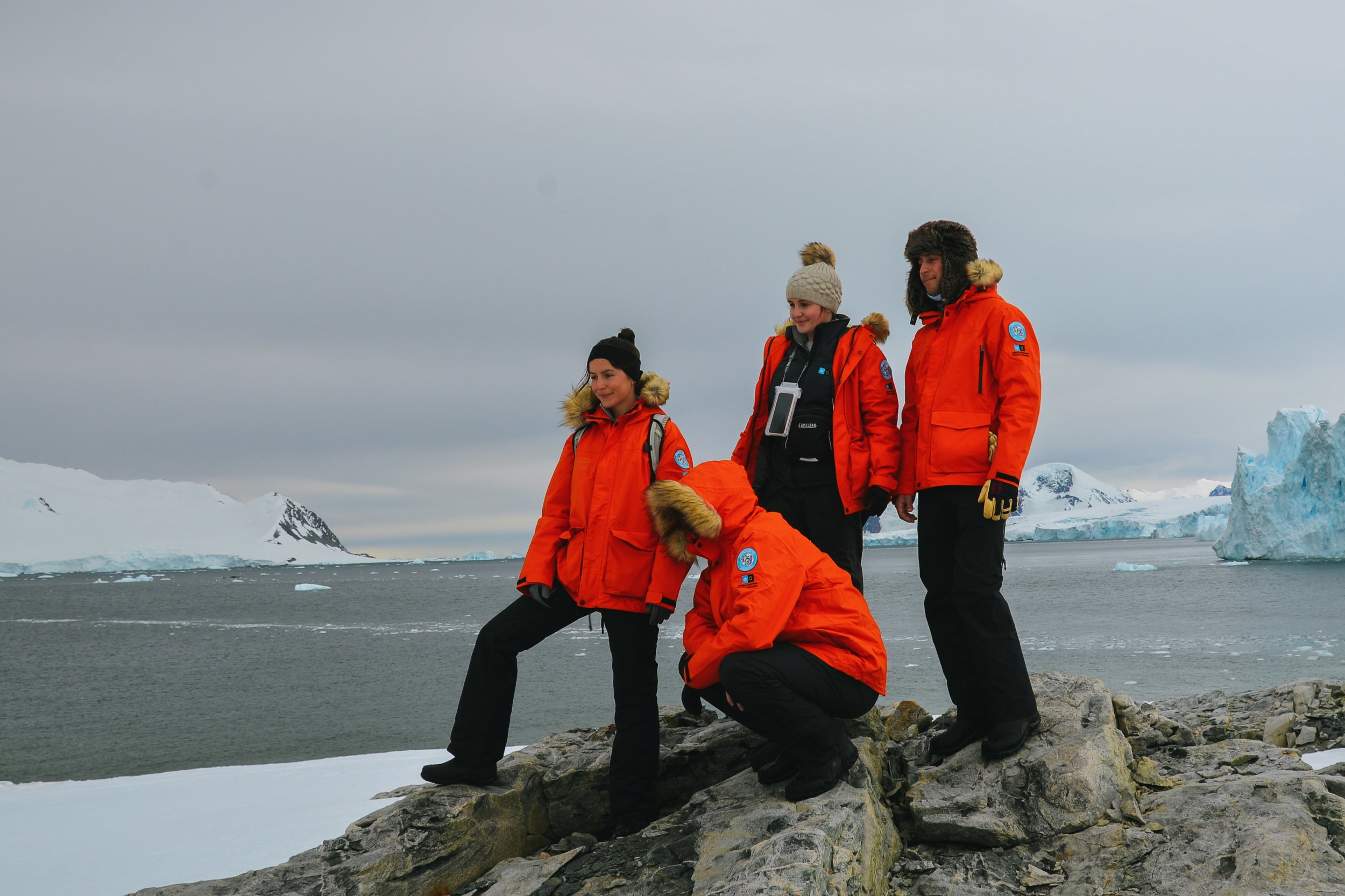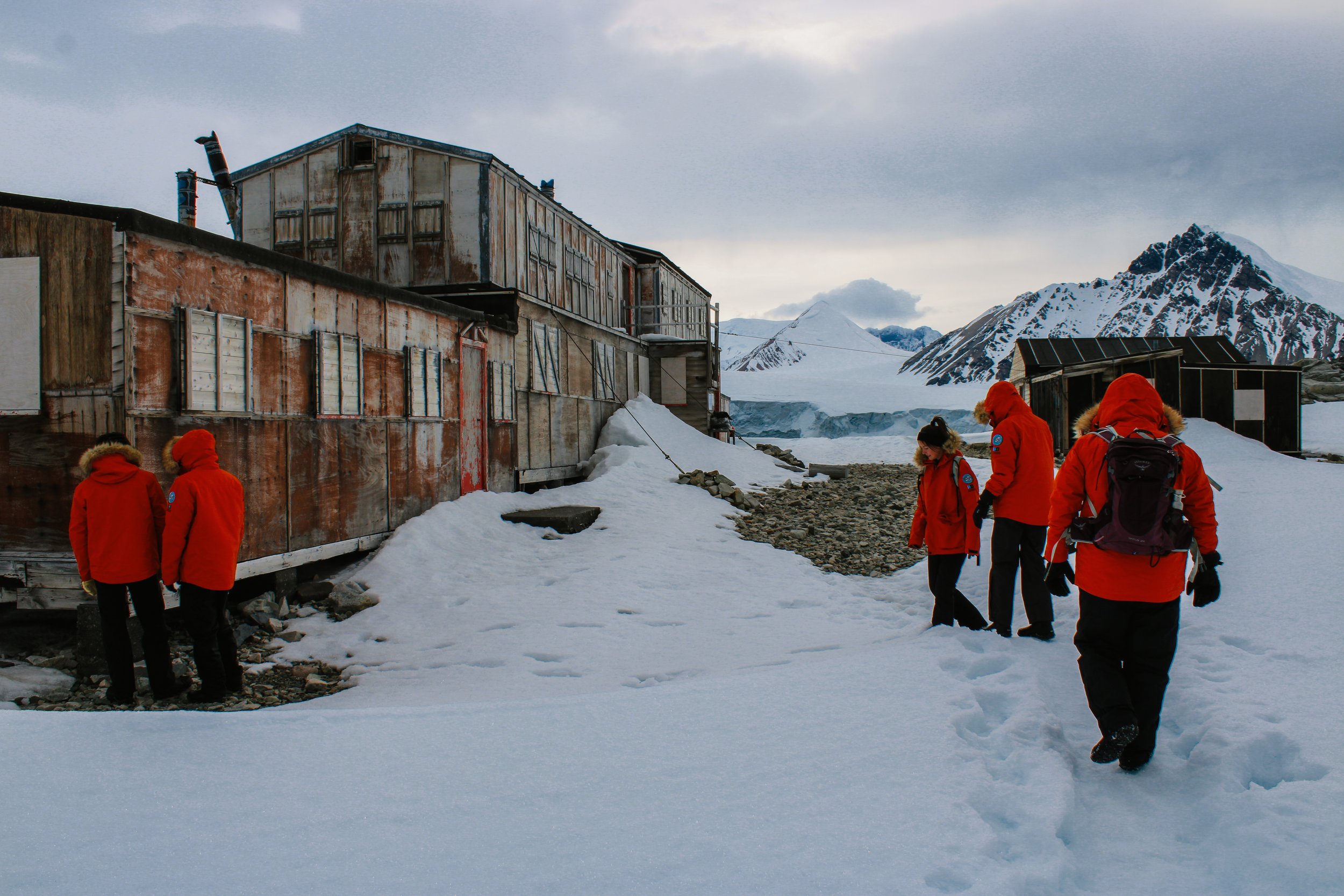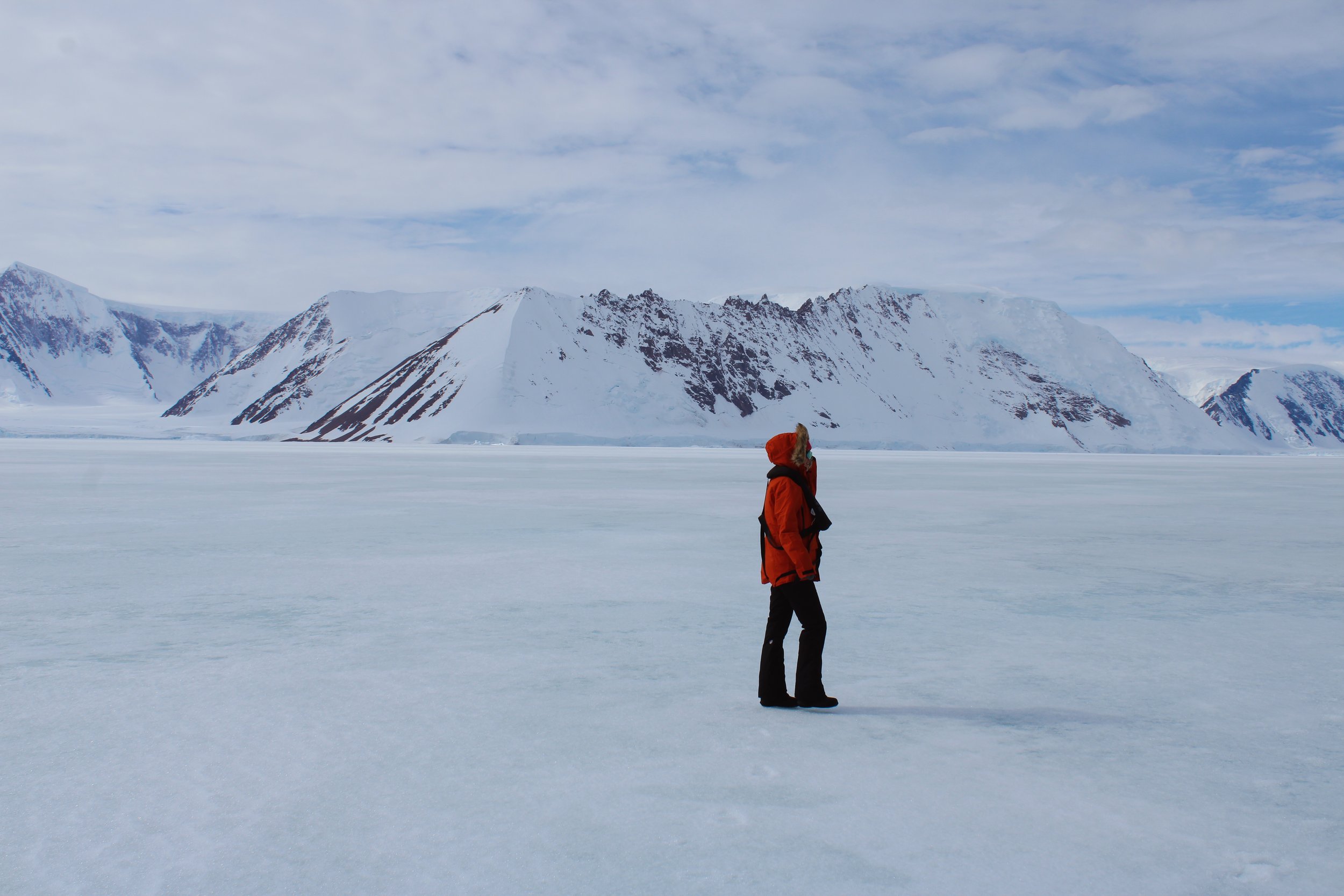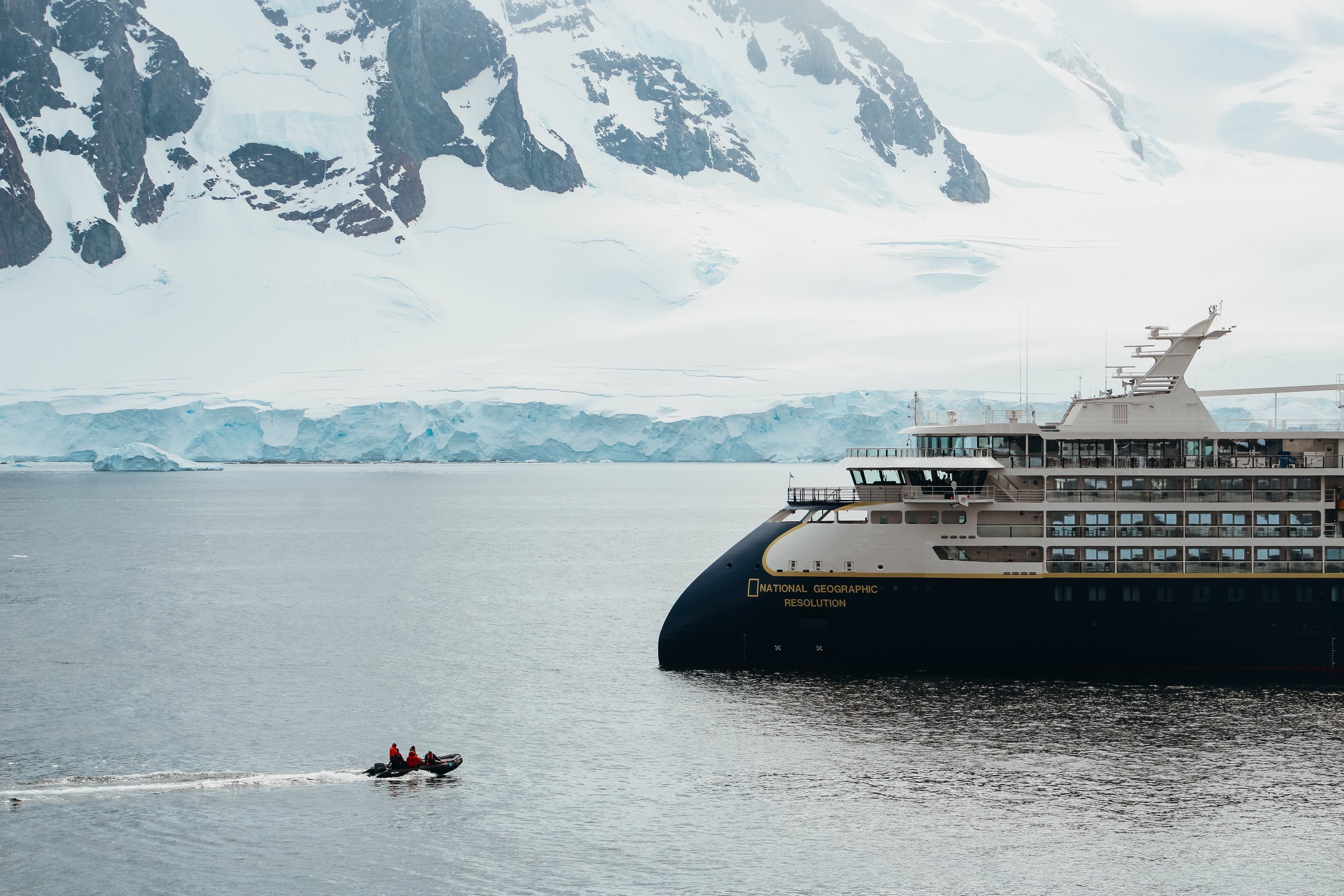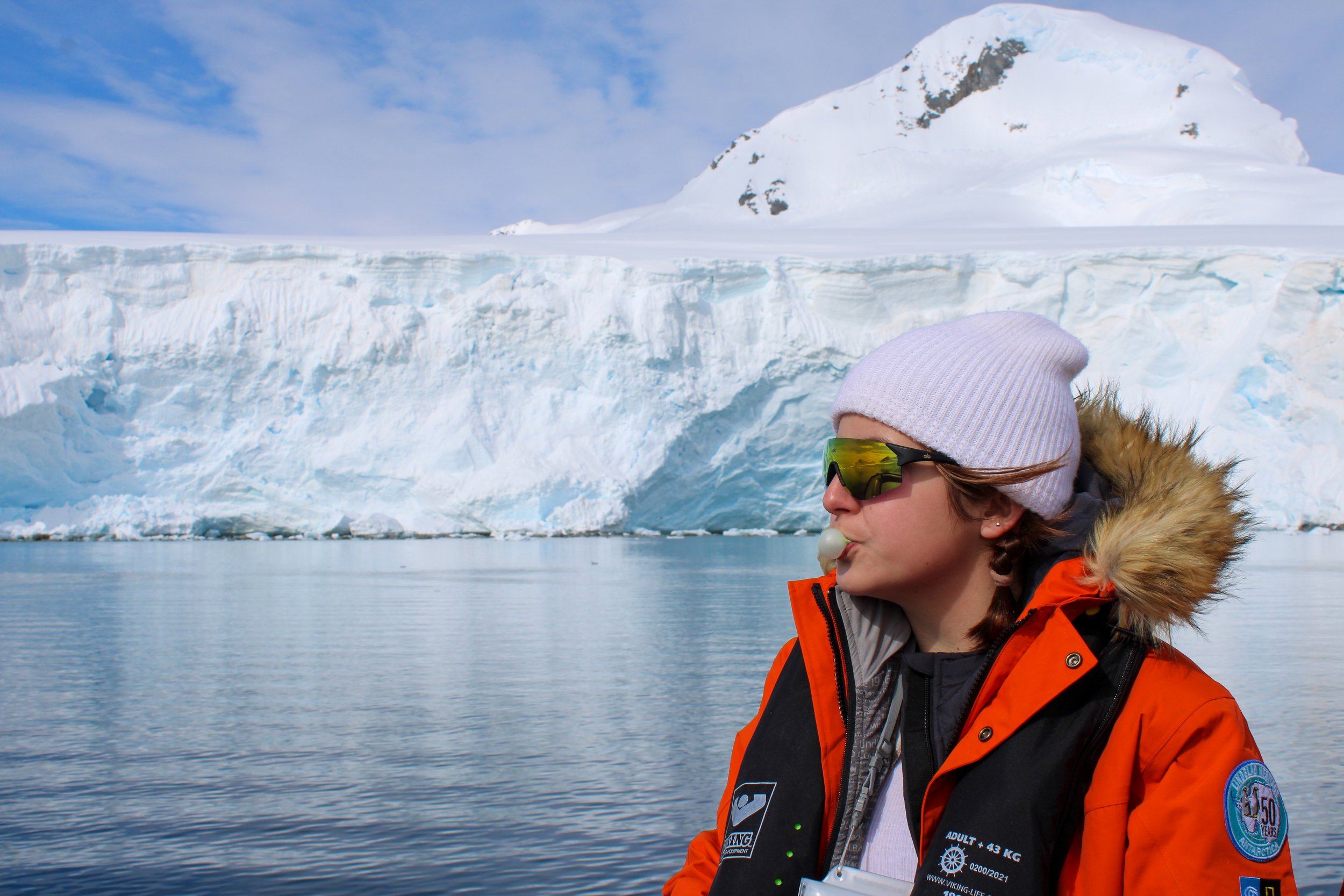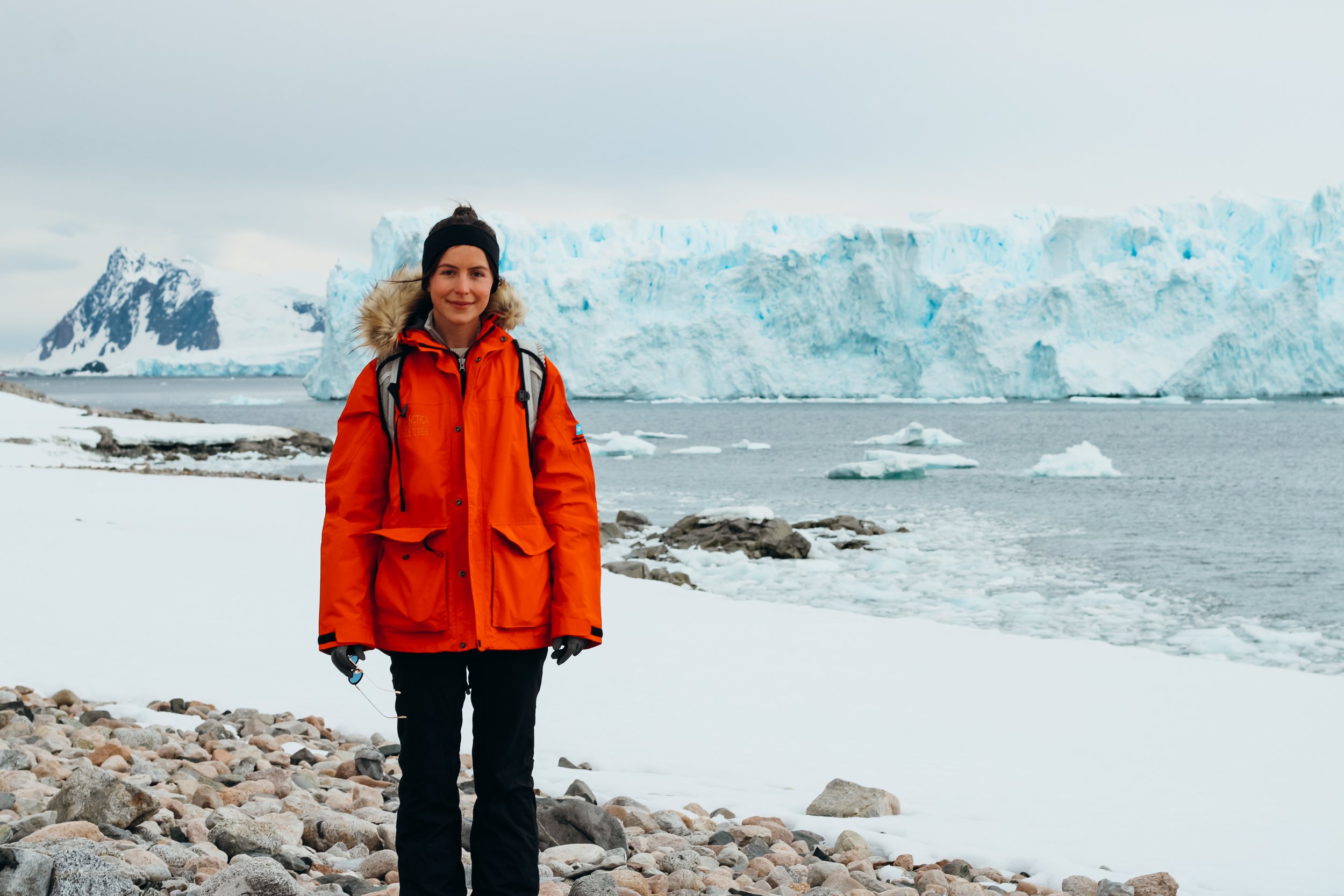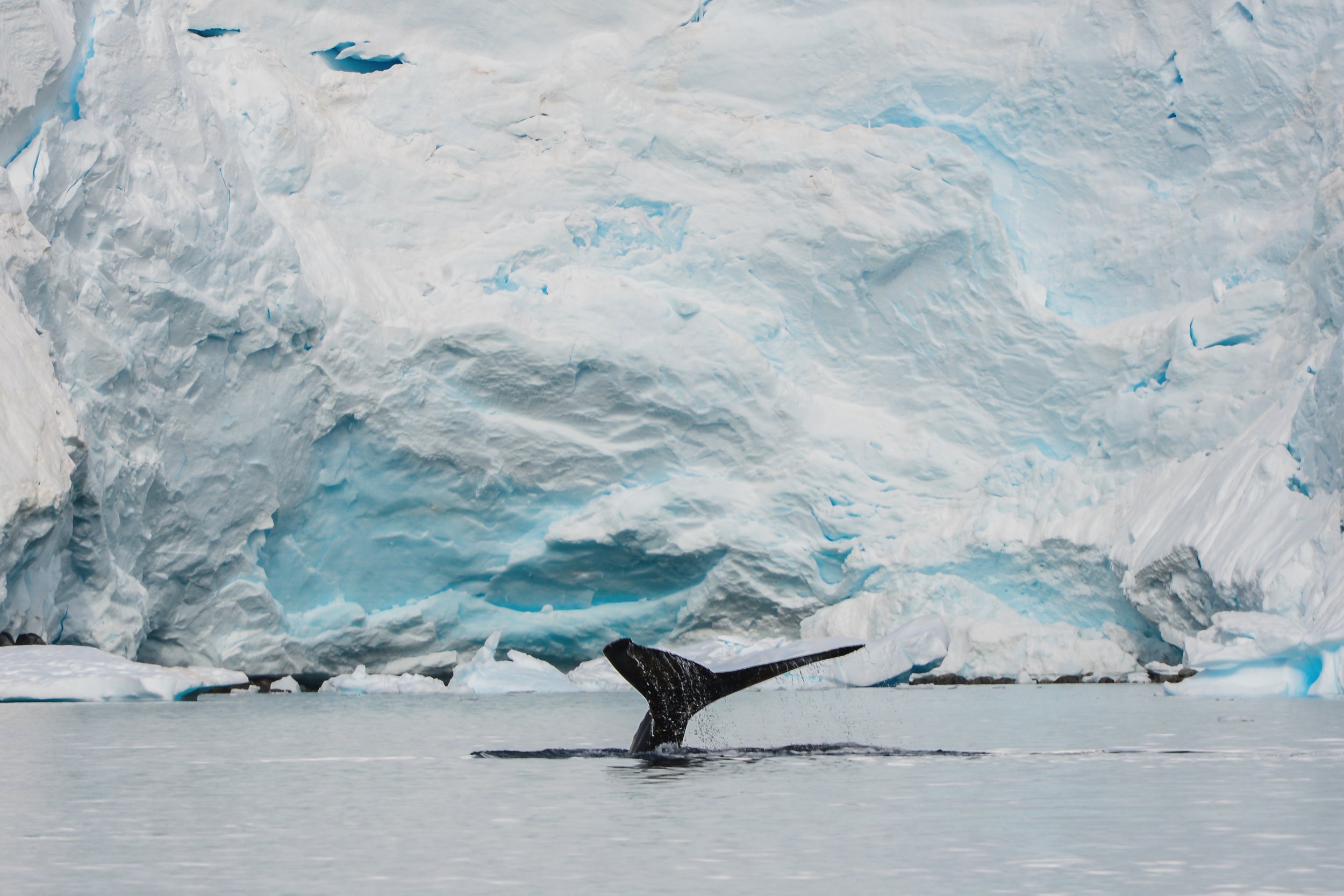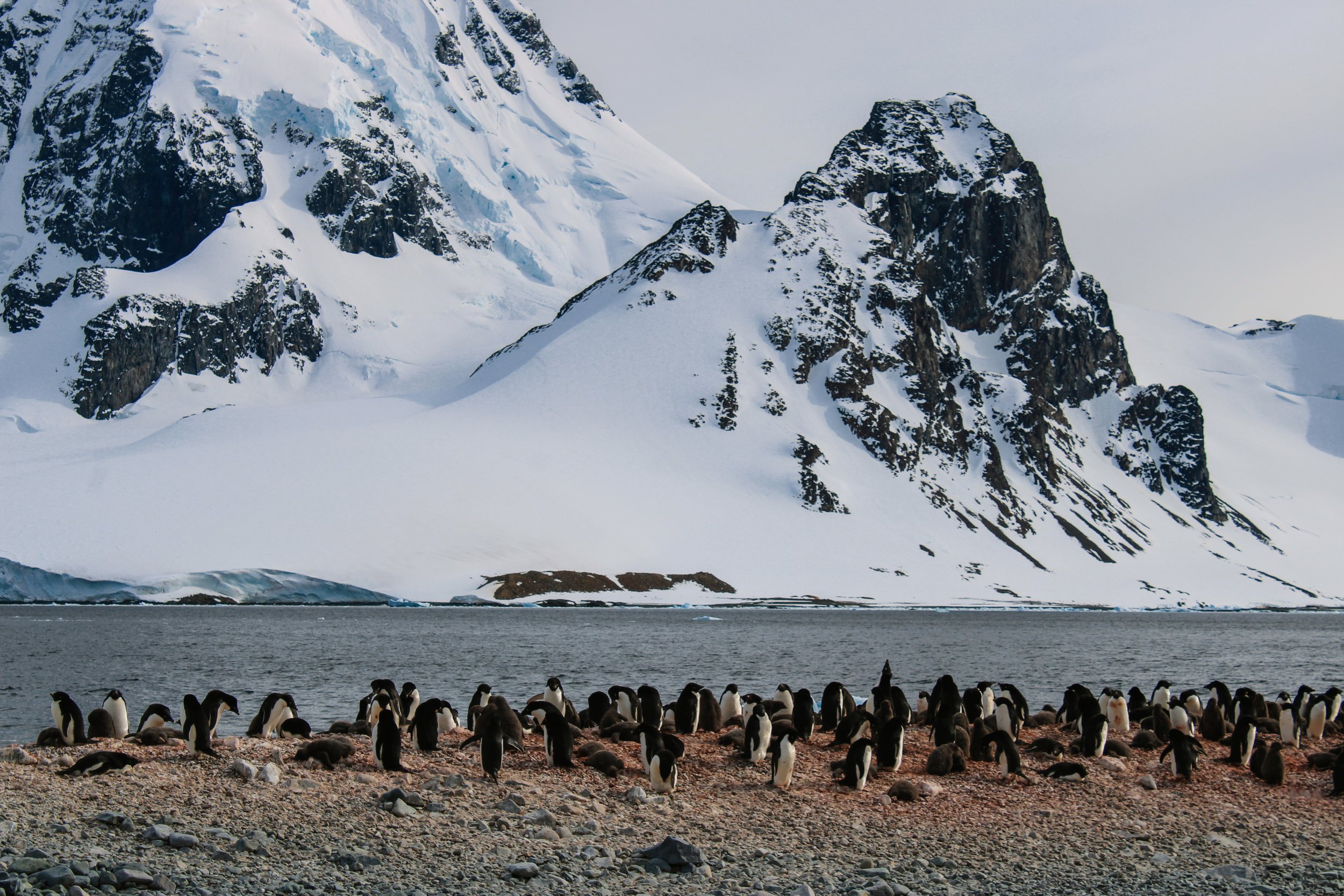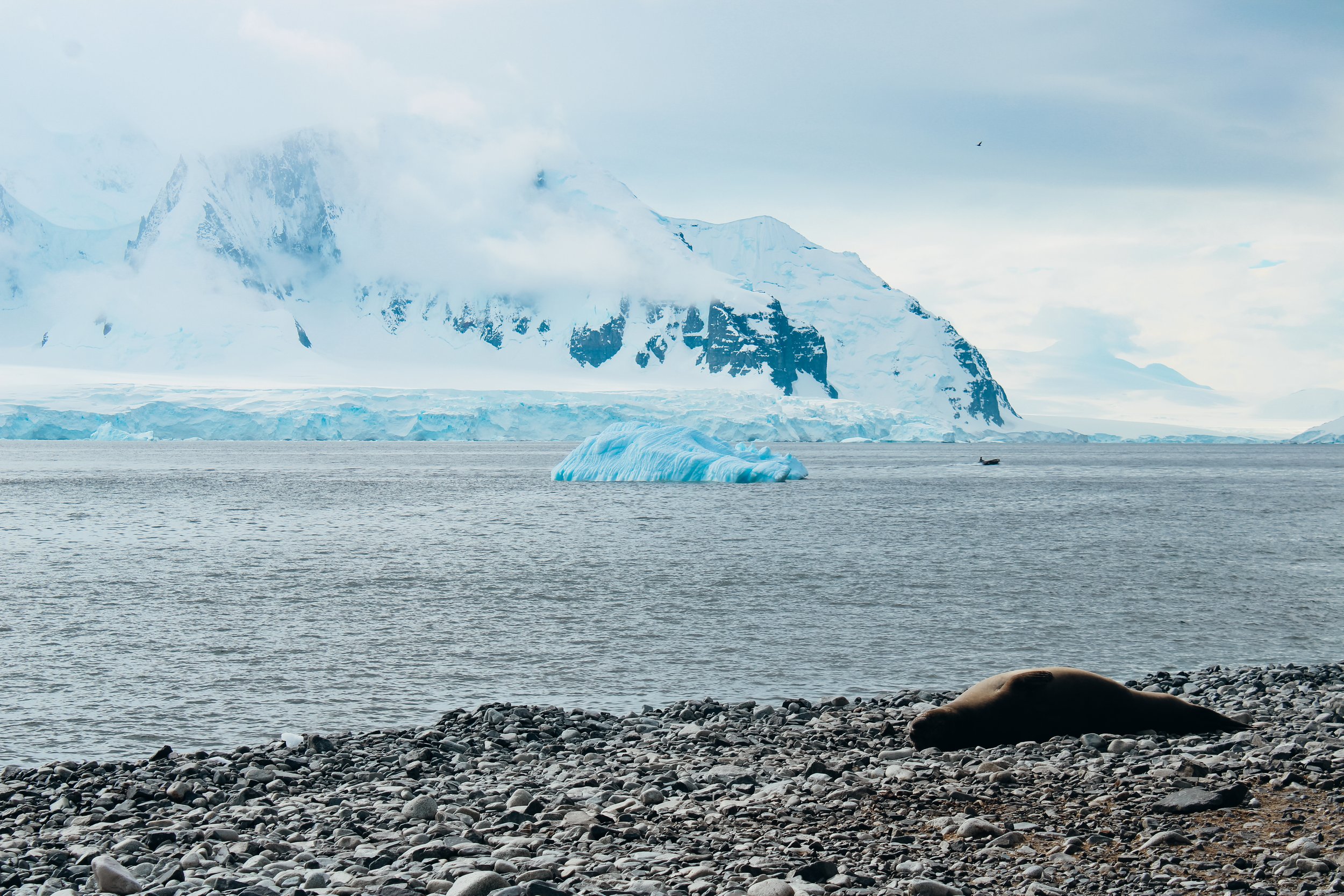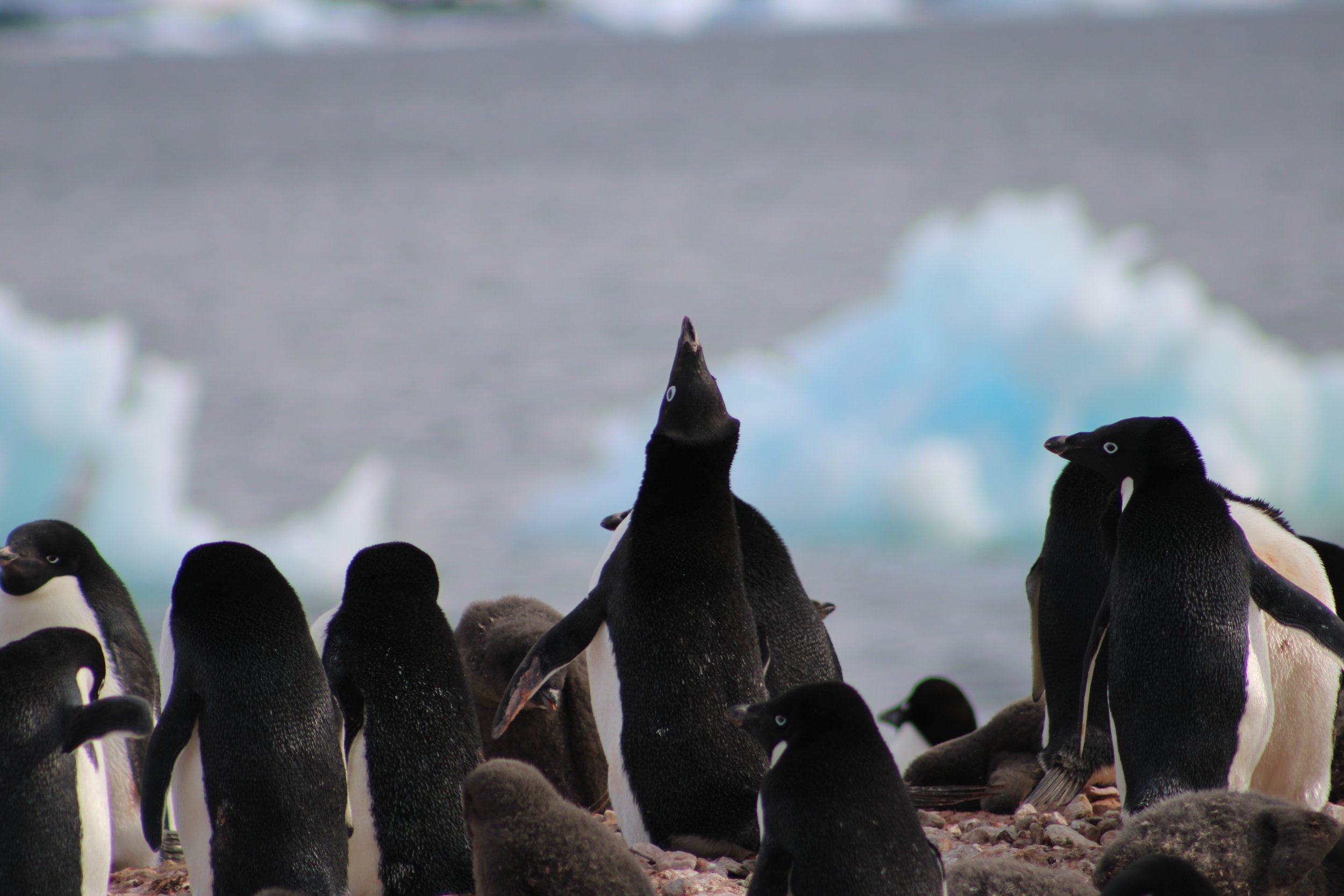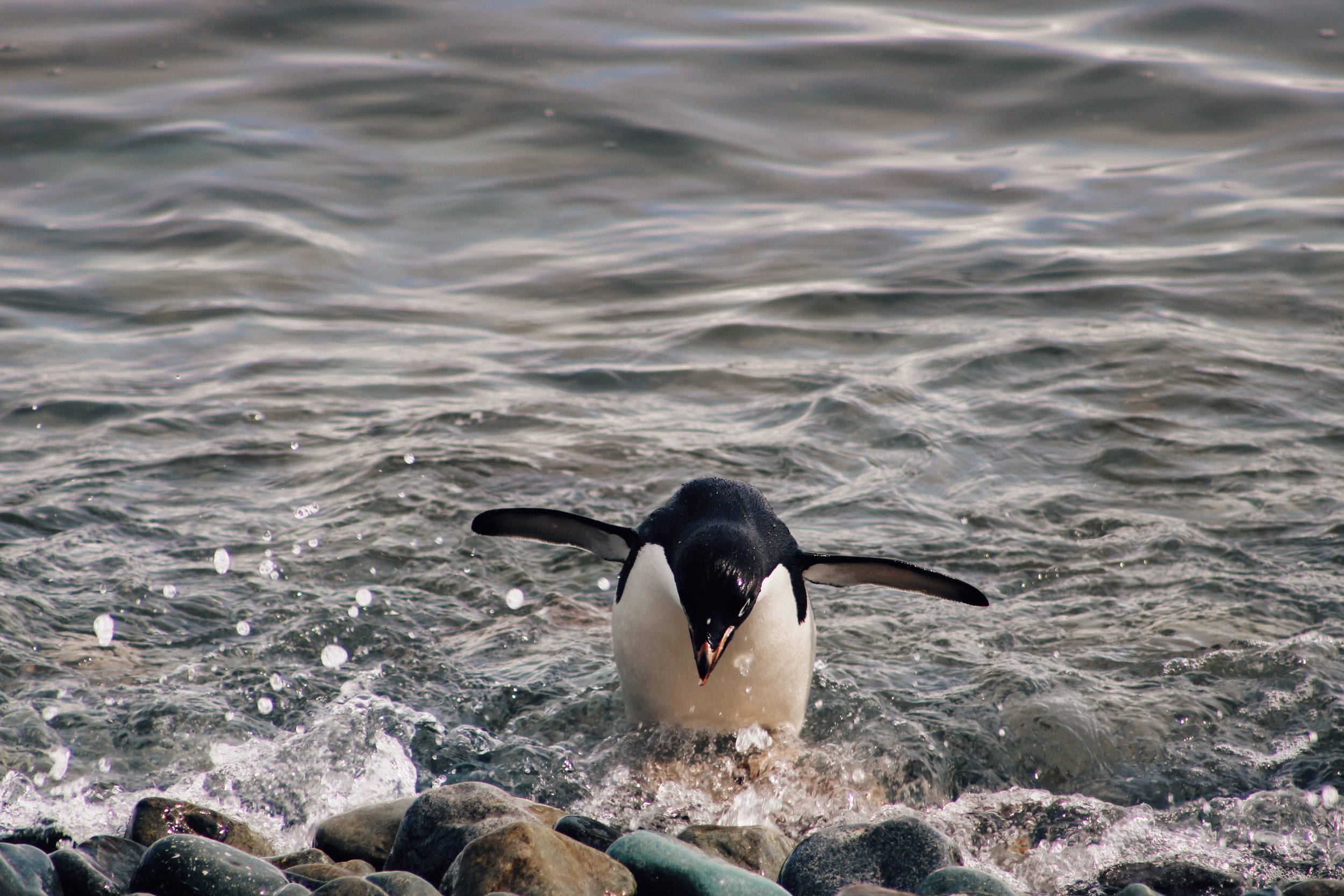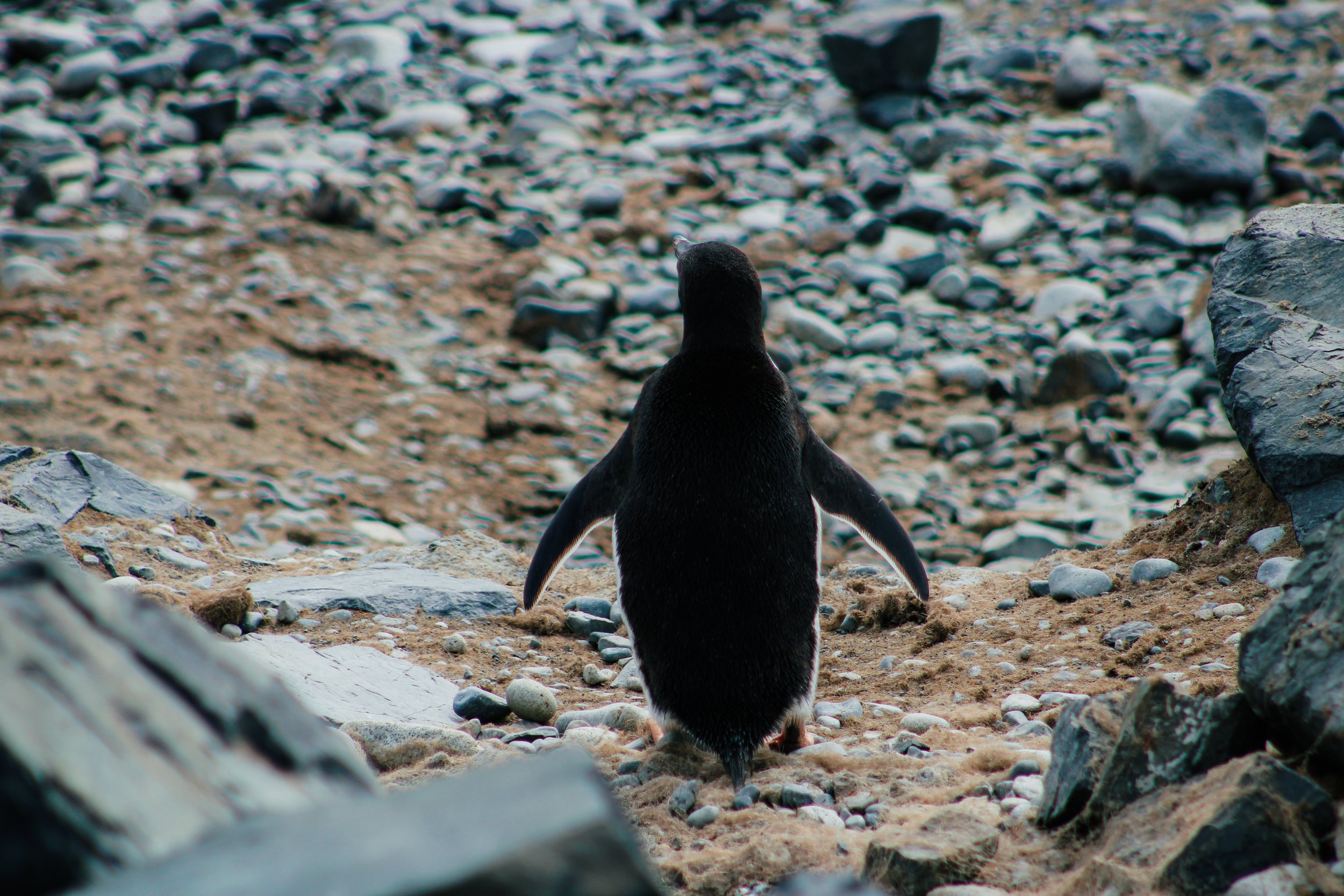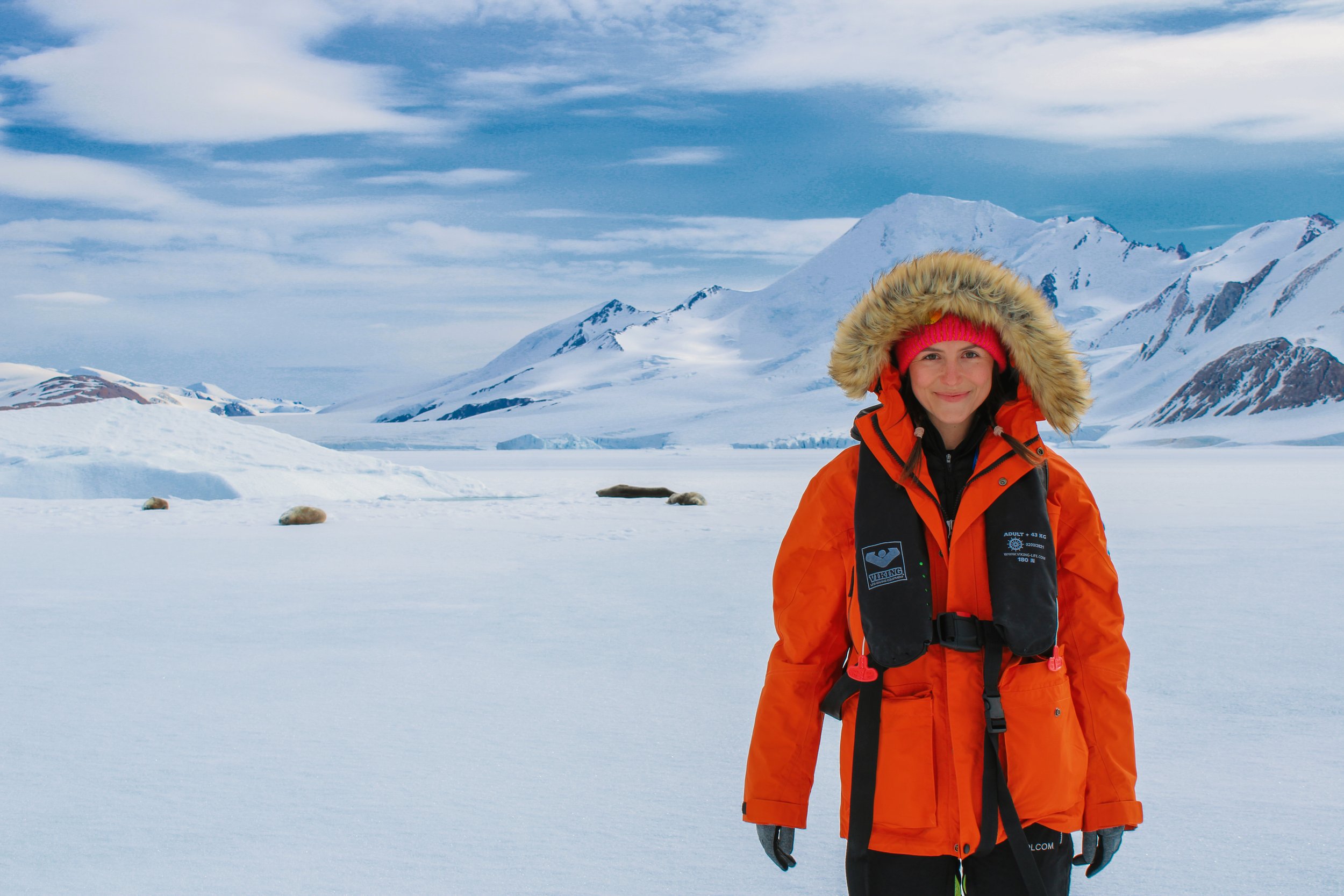The Journey to Antarctica with National Geographic and Lindblad Expeditions
Let me just start with a little quote from our expedition leader, Lucha- “This is NOT a cruise. This is an EXPEDITION.”
Okay, sure, you’re on a passenger ship with a jacuzzi, two restaurants, library, lounge, open bar, and spa… BUT you aren’t lounging by the pool, waiting in crowded buffet lines, or spending half the day trying to round up your kids from the arcade room. The National Geographic Resolution ship is built for prime-time luxury plus adventure. You’ll venture off the ship into the icy cold twice a day from Base Camp, where you’ll load up on layers and waterproof boots, then head into the zodiac for an expedition of a lifetime.
10 years ago we were on a boat in Ha Long Bay, Vietnam and met a German family who had just traveled to Antarctica with National Geographic. They said it was the most incredible experience. So of course, we added it to the list. Only 10 years later, we finally did it.
We traveled with National Geographic and Lindblad Expeditions on one of their newest boats, The Resolution. This ship typically only holds about 126 passengers; however, it was only half full during our trip, making for a lovely, personalized experience. Friendly staff and knowledgeable crew are there to guide you the whole time. There are two igloos (which require reservations to sleep in overnight – book early), a gym, yoga room, spa, sauna, multiple bars, library, multiple lounge areas, balconies, two restaurants, and an outdoor fire pit. The best part about the ship is its ability to go wayyy farther south than other passenger ships in Antarctica, giving you a once-in-a-lifetime experience crushing through the ice at an insane speed. The captain, Martin, will tell you all about its safety and power. He loves his ship with his whole heart.
One of the most asked questions I had during my trip was how we got there. It’s not easy, but it is so worth it. Depending on the tour company you use and the current state of the world, you might do it a bit differently. In most cases, you will board the ship from a city in Argentina called Ushuaia. This is the most southern city in the world and the entry point for all Antarctic passenger ships (if you’re a scientist, you might head over to New Zealand). The city itself is quite lovely, and I wish we had been able to explore. We were given a day room at the Arakur Hotel before our evening flight home, which had incredible views and extensive hiking trails around the property. If you can spend time in Ushuaia, I highly recommend this hotel.
Before arriving in Ushuaia, you might be scheduled to spend a few days in a nearby South American city like Buenos Aires or Santiago. Unfortunately, due to COVID regulations, we could not enjoy that part of the trip. BUT we have been to both and highly recommend taking advantage of being in South America. Once on board the ship, you’ll spend a day or two on the sea crossing the Drake Passage, depending on conditions.
Crossing the Drake Passage, some of the roughest seas in the world, can be a bit intimidating. Be prepared for seasickness, even if you think you won’t get sick. We were fortunate with very calm conditions both going to and coming from Antarctica. We only got sick on the way down for the better part of the first day, and once I got my sea legs, I felt totally fine. Some tips? Dramamine, ginger (they have gin gins onboard), bubbly water, fresh air, avoid screens, eat the green apples they provide, and either walk around or lay down.
I will note that some companies give an option to fly across the Drake Passage. While this might seem like a no-brainer, easier way to go, remember that conditions have to be pristine for the plane to take off and land, often delaying or prolonging trips. However, if the thought of conquering some wild waves is reallyyyyy too much for you, go ahead and give flying a try and let me know how it goes.
Another question I got regarded being on a ship during COVID. Sure, ships may seem a little risky, but Lindblad takes every precaution to ensure you’re safe (note – regulations are constantly changing, this is what it was like when we went in January 2022). To gain approval from the Argentina government, every passenger on The Resolution had to enter a quarantine bubble in Miami to take a charter flight to Ushuaia. Before landing in Miami, we had to receive a negative PCR covid test. Once in Miami, we took another PCR test and received a negative result before getting on the charter flight. Masks are required anywhere inside the ship except when eating or drinking. Since you spend most of the day outside exploring, this isn’t so bad. We were then tested again on days 4 and 7 to complete Argentinian regulations. On day 9, we were tested again to meet USA regulations before flying home. You also had to be vaccinated, and they check how you’re feeling daily with cards. It seems like a lot, and it is. But it is soooo worth it to experience such an incredible continent.
Clothes
Thankfully, we required a lot fewer layers than we planned for. We were very lucky with the weather, and it was actually quite warm and sunny… well, for Antarctica. On the first trip onto land, we wore 4 layers and immediately shed a couple. Without wind, it feels really lovely even if the sun isn’t fully shining. However, weather and wind can be so unpredictable. Always layer and better to be overprepared than underprepared. See my complete packing list here.
Weather
We got fortunate with the weather. Even the crew couldn’t believe it. There was sun every day, and the temperature sat in the mid to low 30s Fahrenheit. Most days, there was barely any wind. This is NOT NORMAL especially considering Antarctica is the windiest continent. Most people also don’t experience calm seas across the Drake Passage during both voyages. We were so grateful, but even if it had been a bit chillier or windier, we would have powered through. The experiences were well worth any bit of cold.
Food
Food is important to me when traveling. I want to eat well and feel good. The food onboard the ship was delicious. They had gluten-free and vegan options for nearly every dish. Each day is a new menu with various options, including pasta, meat, vegetarian, fish, and some daily favorites. The main restaurant was for breakfast, lunch, and dinner. The other restaurant is the lighter fare for breakfast and lunch. Each day a specific group of guests gets to experience a chef’s tasting menu in the restaurant. Multiple self-serve tea and coffee stations are always stocked with snacks. My favorite part was the afternoon tea at 4 pm every day. Complete with finger sandwiches (yes, vegan options) and shortbread cookies.
Daily Itinerary
Okay, I can’t really answer this because honestly, each day is subject to change, and most did, but that is part of the fun of it. Our activities are all dependent upon weather and ice conditions. However, usually, you start the morning with an optional stretching session led by the ship’s lovely wellness specialist. Then you will get ready for breakfast and a wake-up call explaining the possible activities for the day. The first expedition of the day will occur shortly after breakfast, and then you will be back on board for lunch. You will have some downtime before the second expedition of the day. Once back on board in the afternoon, there is teatime at 4. Before dinner, there is a cocktail hour with a debriefing and overview for the next day. Most likely, and definitely during the Drake Passage portion, there will be a few optional presentations sprinkled in throughout the day. As for activities, your days will likely be filled with zodiac rides, rocky landings, crushing through (and getting to walk on) fast ice, exploring old bunkers, kayaking, whale watching, and possibly a polar plunge. Again, all of this varies depending on the conditions.
Wildlife
We were surprised at the amount of wildlife that Antarctica houses. Of course, penguins are expected, and regardless of what our photo instructor said, I believe everyone at home loved seeing all our pictures of them. Right?? Well, we saw about 20x more than we photographed. What we didn’t expect was to get to see hundreds of penguins nesting and caring for their eggs and baby chicks. Watching them interact with each other and their environment was pretty unique. We also saw whales right up next to our zodiacs and seals lounging on shores and icebergs. And although we couldn’t dive, there were two Nat Geo research divers on board who filmed their underwater excursions. It was incredible and surprising to see what life lives in (below) freezing cold Antarctic waters.
Benefits of traveling with Nat Geo and Lindblad
National Geographic has several expeditions around the world. If you have never traveled with them, I highly recommend them. This was our first time, and we loved it. Aside from having an incredible adventure, you also have access to a National Geographic photographer on board the ship, a certified photo instructor, and a videographer capturing the trip. You get daily presentations by scientists and researchers to learn about where you are traveling and the history. Nat Geo also supports and provides information on projects to give back, plus you are using an environmentally conscious travel company.

